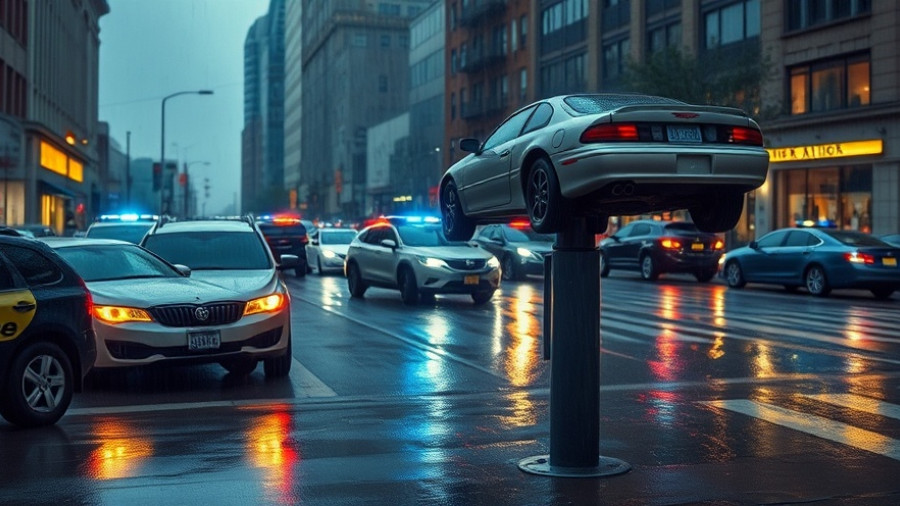
The Tragic Reality of Traffic Violence
The heart-wrenching sound of a thud fills the air, transforming an ordinary morning into a scene of grief and sorrow. In Bernal Heights, just a few weeks back, life took a tragic turn when a reckless driver struck and killed 30-year-old Binod Budhathoki. This incident serves as a reminder of the dire need for significant changes in traffic safety policies, especially in a city that pledged to eliminate traffic fatalities through the ambitious Vision Zero initiative.
Understanding Vision Zero: Are We Committed?
More than a decade ago, San Francisco adopted Vision Zero, a campaign that aimed to reduce traffic deaths to zero by 2024. Unfortunately, as statistics reveal, the city fell far short of that goal. In 2024 alone, there were 49 traffic-related deaths, a shocking increase from the year Vision Zero was initiated. This underwhelming progress has sparked discussions about the effectiveness of existing strategies and the necessary actions to ensure safer streets.
Failures and Future Directions
Insights from a report titled “Failed Vision: Revamping the Roadmap to Safer Streets” conducted by the Civil Grand Jury highlight these failings. It has outlined various recommendations: enhancing traffic enforcement, collaborating with multiple city departments, and developing clearer guidelines for improved safety. While some progress has been made over the years, the sense of urgency is palpable. As local leaders weigh the future of Vision Zero, they are reassessing their strategies, emphasizing the need for effective community engagement and robust enforcement.
Safety Innovations: Lessons from Other Cities
In examining successful interventions, we might look to urban centers like New York and London, where concrete infrastructure prevents vehicles from dangerously veering off roads, demonstrating a clear commitment to pedestrian safety. Such measures could serve as models for San Francisco, where even simple yet effective strategies like physical barriers and improved warning systems could save lives.
Community Engagement: The Role of Residents
The tragic death of Budhathoki has awakened community members to the ongoing fight against traffic violence. Local initiatives, such as the Street Safety Act, aim to revitalize the city's commitment to safety accountability. Sponsored by multiple district supervisors, this act seeks to enforce collaboration among city agencies, set tangible deadlines, and reduce bureaucracy. However, true change requires concerted effort from local residents. Engaging with city officials, attending town hall meetings, and voicing concerns can amplify community power in advocating for safer streets.
Taking It to the Streets: Advocacy and Accountability
As residents of the Bay Area, we must hold our government accountable for pedestrian safety. This entails not only supporting the implementation of the Street Safety Act but also actively participating in city discussions about traffic regulations. Advocating for transparency in the city’s traffic safety initiatives is essential to truly achieve the goal of zero fatalities.
Conclusion: Act Before Tragedy Strikes Again
The story of Binod Budhathoki must not be just another narrative of loss; it should serve as a catalyst for change. If his tragic death resonates with us, we must respond through action and advocacy. Together, we must push for the reforms that will see San Francisco become a model of pedestrian safety and an exemplar of Vision Zero’s true potential. Community engagement is indispensable to making our streets safer for everyone.
If you want to contribute to this cause and ensure that future tragedies can be prevented, consider getting involved with local advocacy groups such as WalkSF and others that are actively engaged in promoting street safety. Every voice counts, and together we can make a difference.
 Add Row
Add Row  Add
Add 



Write A Comment